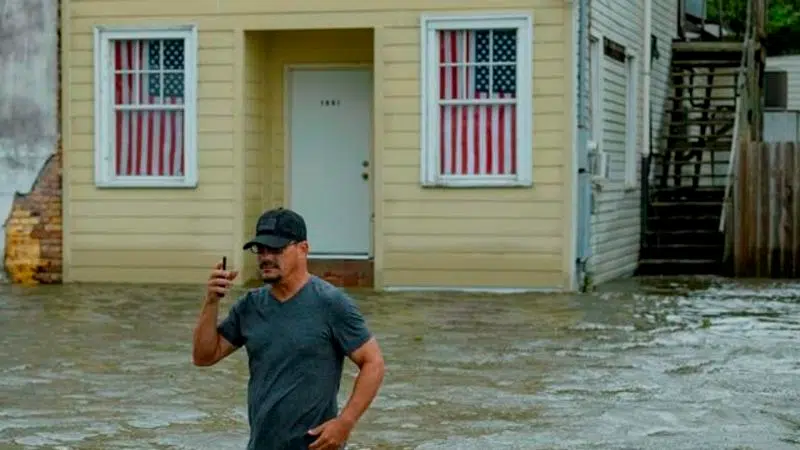
Barry drenches Gulf Coast, but initially spares New Orleans
NEW ORLEANS — Weakened but still potent, Barry inundated the Gulf Coast but appeared unlikely to deluge New Orleans as it continued its slow advance.
Still, Gov. John Bel Edwards on Saturday night urged residents across south Louisiana to stay “vigilant,” warning that Barry could still cause disastrous flooding across a wide stretch of the Gulf Coast overnight.
“This storm still has a long way to go before it leaves this state,” Edwards said. “Don’t let your guard down.”
New Orleans had been braced for heavy rains Saturday, but instead had intermittent bands of moderate showers and occasional sunshine.
